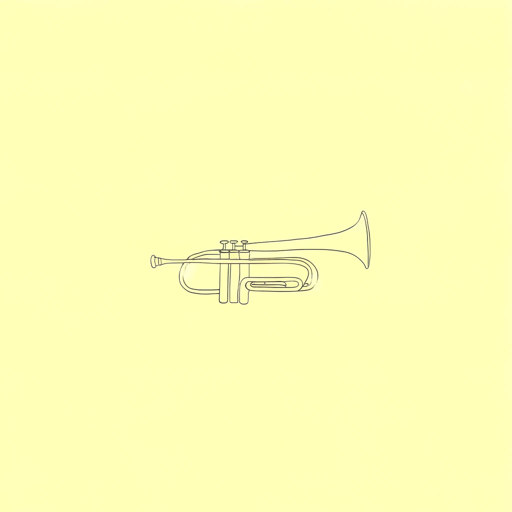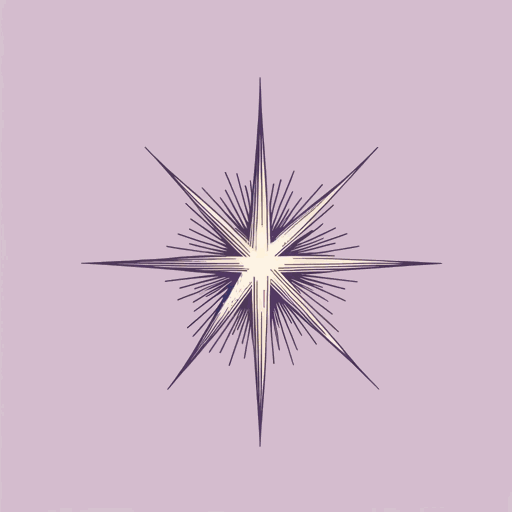17 pages • 34 minutes read
Claude McKayIf We Must Die
Fiction | Poem | Adult | Published in 1919A modern alternative to SparkNotes and CliffsNotes, SuperSummary offers high-quality Study Guides with detailed chapter summaries and analysis of major themes, characters, and more.
Literary Devices
Form and Meter
“If We Must Die” is a Shakespearean sonnet. The poem uses mostly iambic pentameter, and it contains 14 lines with three quatrains and a concluding couplet. The rhyme scheme is ABABCDCDEFEFGG.
The first half of the poem uses conditional statements to set up the urgency of the moment and to establish the tone and message of the poem. The second half of the poem drops the conditionals and replaces them with direct commands, signifying the speaker’s confidence and belief in the goal.
The volta, or turn, of the sonnet comes right before the concluding couplet. The speaker asks, “What though before us lies the open grave?” (Line 12). It is the only question in the poem, and the line sets up the image of the final transformation of the hogs into men who fight through death, and the monstrous dogs who have become even more animalistic in their pursuit.
Related Titles
By Claude McKay

America
Claude McKay

Home To Harlem
Claude McKay

Joy in the Woods
Claude McKay

The Harlem Dancer
Claude McKay

The Lynching
Claude McKay

The Tropics in New York
Claude McKay

The White House
Claude McKay

To One Coming North
Claude McKay

When Dawn Comes to the City
Claude McKay
Featured Collections
African American Literature
View Collection
Challenging Authority
View Collection
Colonialism Unit
View Collection
Equality
View Collection
Harlem Renaissance
View Collection
Poems of Conflict
View Collection
Poetry: Perseverance
View Collection
Power
View Collection
Required Reading Lists
View Collection
School Book List Titles
View Collection
Short Poems
View Collection

